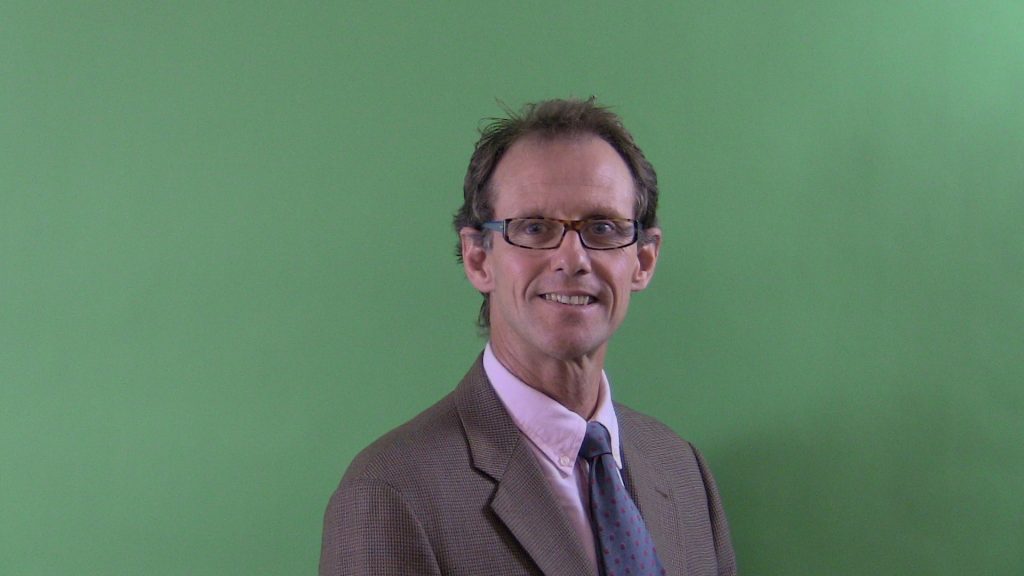Federal Budget did not address immigration ‘oversupply’ defeating new housing targets – SPA
BUDGET REACTION – WHILE SOME Federal Budget initiatives to increase housing supply have been welcomed by Sustainable Population Australia (SPA), Labor’s move to expand eligibility for the Help To Buy scheme is not one of them. SPA claims the move will “exacerbate demand”.
SPA research points to the housing crisis not being solved until demand is reduced and SPA communications manager Michael Bayliss said the Federal Budget 2025 was not heading in the desired direction.
SPA’s position is that Australia's housing crisis is “entirely due to rapidly rising demand, with an increase of 1.6 million people over the last three years”. They say the solution is to cut Net Overseas Migration to 70,000 per year “so that construction of new dwellings and other infrastructure can keep pace”. 
Mr Bayliss said the housing crisis had been driven, for most part, by record levels of population growth, including 1.6 million over the three years to September 30, 2024 and 8.7 million – or 45 percent – since 2000.
“Since the rising costs of living and lack of available housing has pushed Australia’s total fertility rate down to 1.5 children per woman, the only way to rapidly reduce demand is to cut net overseas migration (NOM),” Mr Bayliss said.
“The latest figures from the Australian Bureau of Statistics (ABS 3101.0), reveal that Australia grew by 484,000 people in the year to 30 September 2024, of which 379,800 or 78.5 percent, resulted from NOM.”
SPA national president Peter Strachan said, “As SPA noted last week, with an average occupancy of 2.5 people per household, an extra 193,600 dwellings are required to accommodate this population growth, before meeting existing demand from homeless people forced into tent-cities.
“Yet only 158,690 new homes were commenced in Australia last year, resulting in a shortfall of 35,000 dwellings, just to deal with latent demand.
“At the very least, NOM must be cut to reduce population growth to a level such that construction of new dwellings and other infrastructure can keep pace. 
“Ultimately, however, we need to reduce NOM to its long-term average of around 70,000 per annum, in line with post-war historical levels up until 2004.”
Mr Strachan said some Budget initiatives to increase supply were welcome including: an extra $54 million to states and territories for more prefabricated and modular homes; a ban on foreign investors buying existing homes for two years from next month; and doubling incentive payments for construction apprentices.
“On the other hand, expanding eligibility for its Help to Buy scheme for first home buyers will pour petrol onto the fire of over-demand,” Mr Strachan said.
Mr Bayliss said, “If Australia can stabilise its population below 30 million by managing immigration, scarce resources of capital and labour can then be reallocated away from housing construction towards more productive areas of the economy.”
ends

 How to resolve AdBlock issue?
How to resolve AdBlock issue?